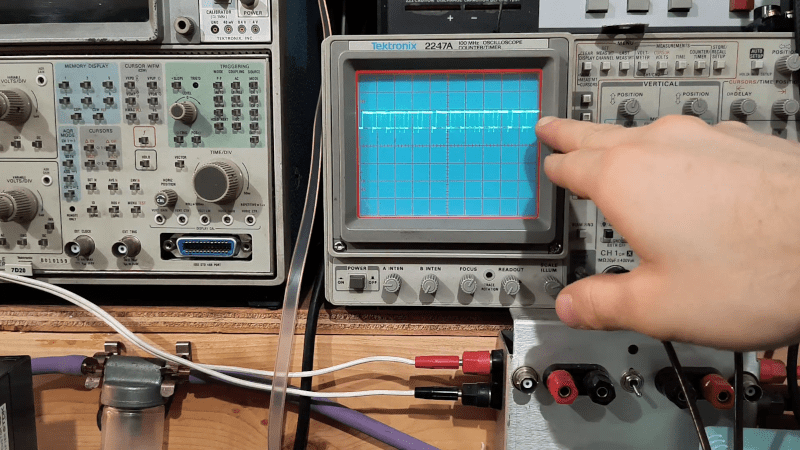
If you are younger than a certain age, RLL probably doesn’t mean much to you. Old consumer-grade hard drives used MFM (modified frequency modulation like a floppy disk uses) and soon went to IDE (integrated drive electronics). There was a brief period when RLL (run length limited) drives were the way to get a little more life out of the MFM technology. [W1ngsfly] has an RLL drive on his bench and uses his scope and some other gear to put it through its paces. You can watch over his shoulder in the video below.
The hardware interface and drive are the same for an MFM and an RLL drive. However, an RLL-aware controller can pack more bits on the same platter by using the newer modulation scheme. Some older disks were good enough for MFM but too sloppy to successfully take an RLL format, but — in theory — any MFM drive could be an RLL drive and vice versa.
Interestingly, modern drives still use RLL internally. You just don’t need to know that anymore. For that matter, classic MFM was a type of RLL, but no one called it that.
The basic idea is that long runs of a single bit play havoc with magnetic recording devices. RLL ensures that there will be a certain number of transitions between 1s and 0s over a period of time, regardless of the actual data. Literally, there is a limit to how many bits can “run” together, hence the name.
It sounds like [w1ngsfly] has spent a lot of time working with hard drives. He talks about pulling platters and putting them back in and it is obvious he understands the low-level protocol used in this old Seagate drive.
Even if you don’t care about retrocomputing, it is really interesting watching someone this knowledgeable about anything put it through its paces.
Those old drives seem simple now, but they didn’t back then. These days, you might prefer to emulate these old drives.
No comments:
Post a Comment